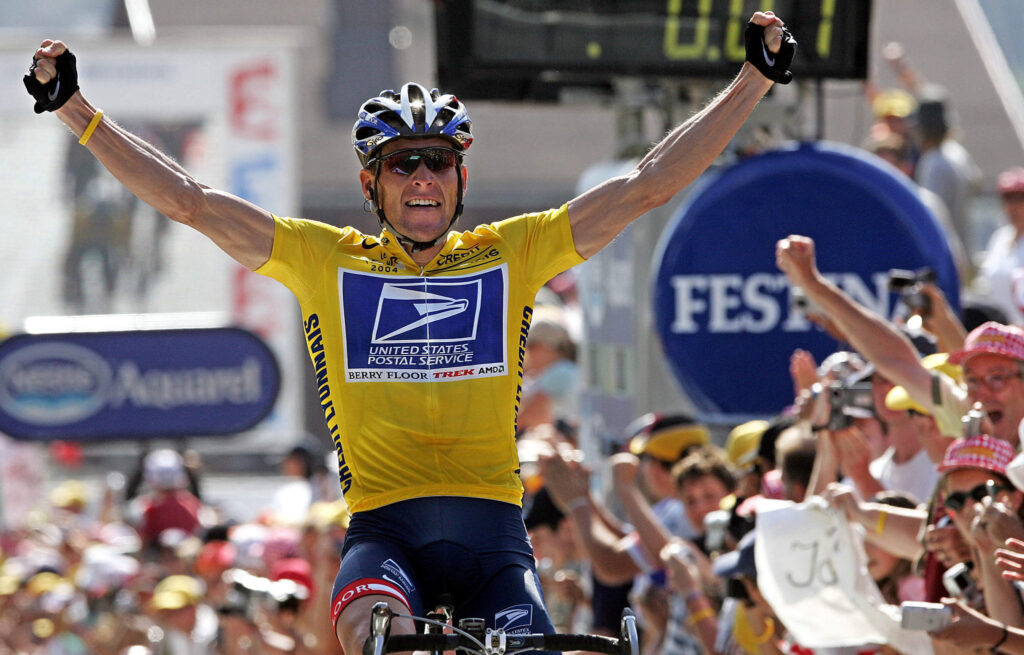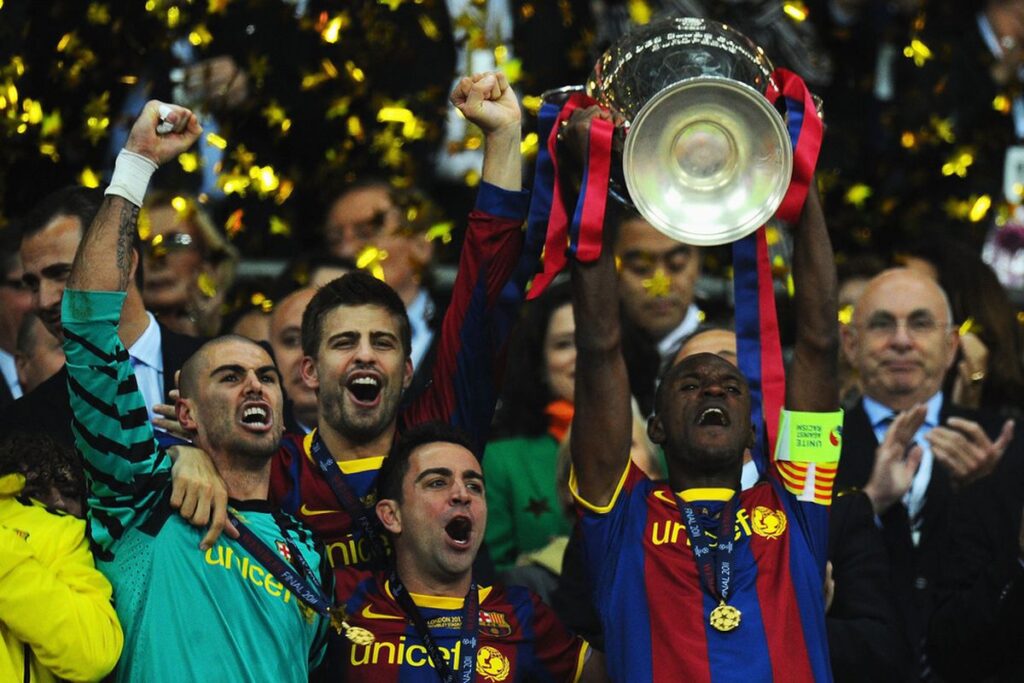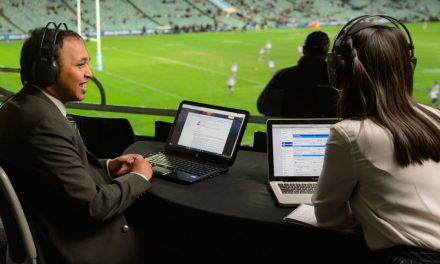In the world of sports, the narrative of an athlete overcoming adversity to make a triumphant return to their chosen field is one that captivates and inspires. These stories aren’t simply about physical recovery; they encompass the mental fortitude required to face the grueling path back to peak performance. The road to recovery for an injured athlete is paved with determination, advanced medical interventions, and a psychological battle that often goes unseen.
Here are five examples when athletes have walked the road to recovery and made surprising comebacks to return from the lowest points of their careers, back to the highs they once dreamed of:
Five times athletes successfully walked the road to recovery
Lance Armstrong’s controversial comeback
Lance Armstrong’s story is one of the most dramatic and controversial in sports history. After being diagnosed with testicular cancer, Armstrong faced a prognosis that extended beyond the loss of his career; it threatened his life. Yet, he managed to beat the odds and returned to cycling. Armstrong’s subsequent seven Tour de France victories were a testament to human resilience and capability. However, this story was later tainted by revelations of doping, overshadowing the initial narrative of overcoming adversity. It serves as a complex chapter in sports history, reminding us that the line between seeking an edge and overstepping moral boundaries can be thin.

Monica Seles overcoming adversity on center court
Monica Seles’ return to tennis after the traumatic stabbing incident in 1993 is a narrative of courage and tenacity. The incident sidelined her for two years, but Seles fought through the physical and psychological aftermath to reclaim her position in the sport. Her triumph at the 1996 Australian Open was not just a remarkable comeback; it was an inspirational saga of a champion who refused to be defined by tragedy, showcasing the power of perseverance in the face of adversity.
Mario Lemieux’s legendary career
Mario Lemieux’s journey is less about a singular comeback and more about a career-long battle with significant health challenges. Diagnosed with Hodgkin’s lymphoma and suffering from chronic back pain, Lemieux’s resilience in the face of these obstacles was nothing short of extraordinary. His ability to not only return to the ice but also to perform at an unparalleled level is a testament to both his physical and psychological strength. Lemieux’s career is punctuated by accolades that highlight his skill and determination, and his legacy is enhanced by his off-ice courage.

Niki Lauda the phoenix of Formula One
Niki Lauda’s comeback in 1976 is etched in sports history as a paragon of human resilience. Mere weeks after a near-fatal crash at the Nürburgring that left him with life-threatening burns and lung damage, Lauda defied death and medical expectations by returning to the racetrack. Bandaged and in considerable discomfort, he continued to challenge for the World Championship, a testament to his unwavering determination. Lauda’s legacy goes beyond his three World Championships; it’s the story of a man who conquered his darkest hour with unyielding spirit.
Eric Abidal’s return to the pitch
Eric Abidal’s story of recovery brings a heartening perspective to the discussion of athlete comebacks. Diagnosed with a tumor in his liver, the former Barcelona defender underwent surgery and later a liver transplant, with his cousin providing the life-saving organ. Abidal attributes his return to professional football to the sport itself, claiming it provided him with a sense of normalcy and purpose throughout his ordeal. His comeback wasn’t just a personal victory; it was a beacon of hope for others facing similar battles.

The medical and psychological journey
The medical aspect of an athlete’s recovery is often a marvel of modern science and human physiology. Surgeons, physiotherapists, and a team of healthcare professionals work tirelessly to ensure the athlete’s body can perform at the highest level once again. However, the psychological journey is equally critical. The mental challenges can include coping with the initial trauma of injury, the fear of re-injury, and the frustration that comes with a slow recovery process.
Athletes often work with sports psychologists to rebuild their mental fortitude, using techniques such as visualization, mindfulness, and cognitive-behavioral strategies. This mental training is crucial, as an athlete’s belief in their ability to recover fully can significantly influence their rehabilitation outcome.
The power of perseverance
The common thread in these stories is perseverance. Whether it’s Lance Armstrong’s controversial but initially inspirational fight against cancer, Mario Lemieux’s legendary career despite his health issues, or Eric Abidal’s triumphant return to football after a liver transplant, these athletes demonstrate the incredible capacity of humans to overcome adversity.
Their stories are reminders of the fragility of an athlete’s career, the incredible potential of modern medicine, and the indomitable strength of the human spirit. For fans and aspiring athletes alike, these recovery narratives offer lessons in resilience, the importance of ethical conduct, and the power of hope. Each comeback is a personal triumph and a collective inspiration, showcasing the profound impact sports can have on individuals and society as a whole.
For even more content like this one on success stories of recovery that focus on sports in general, click right here.





